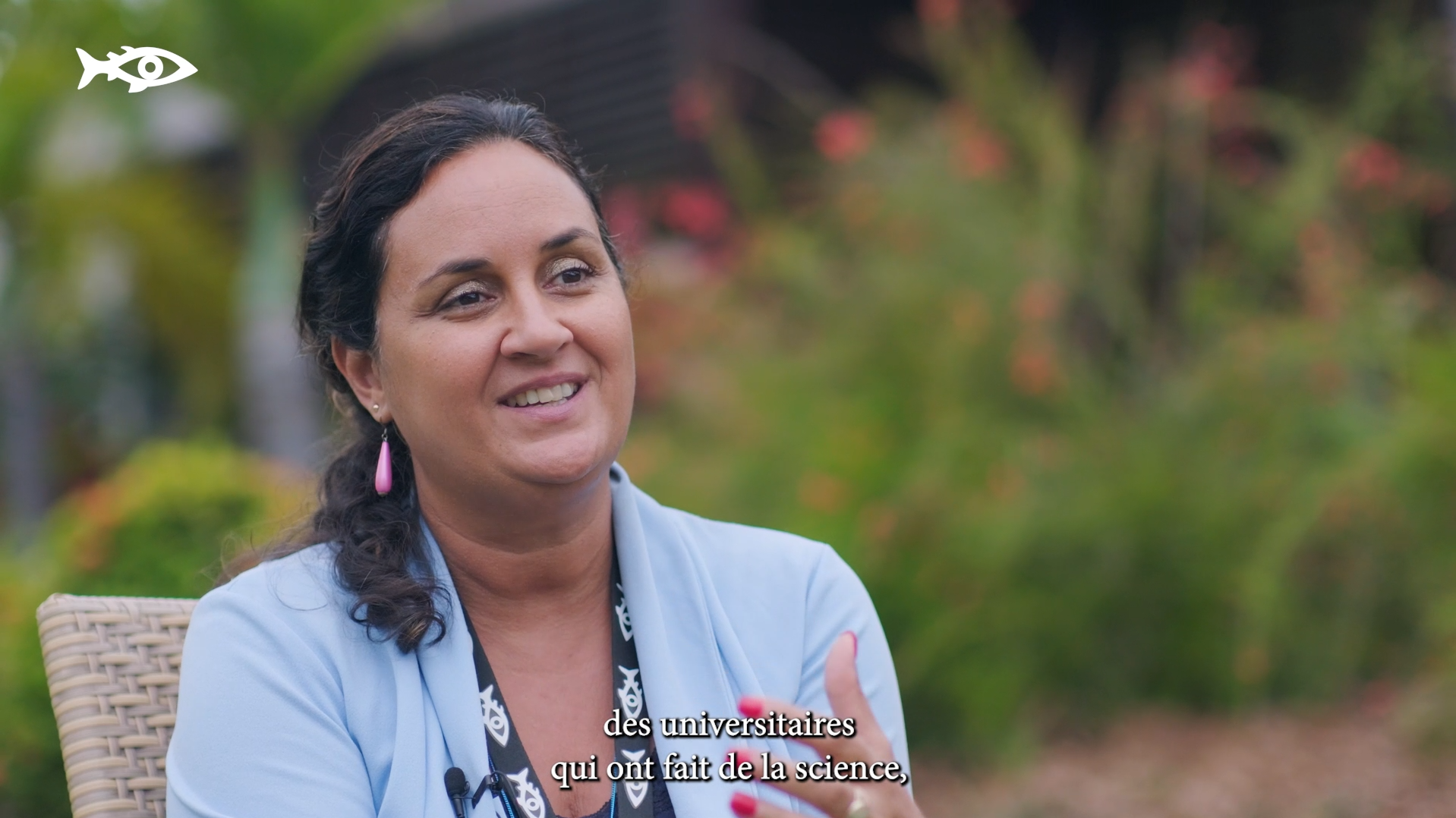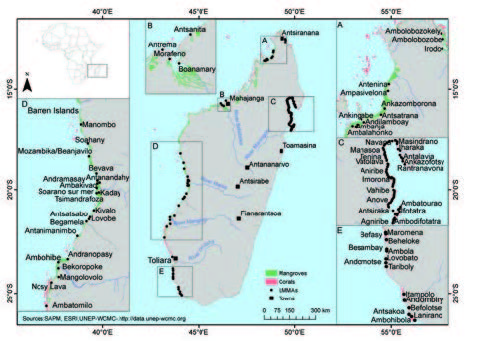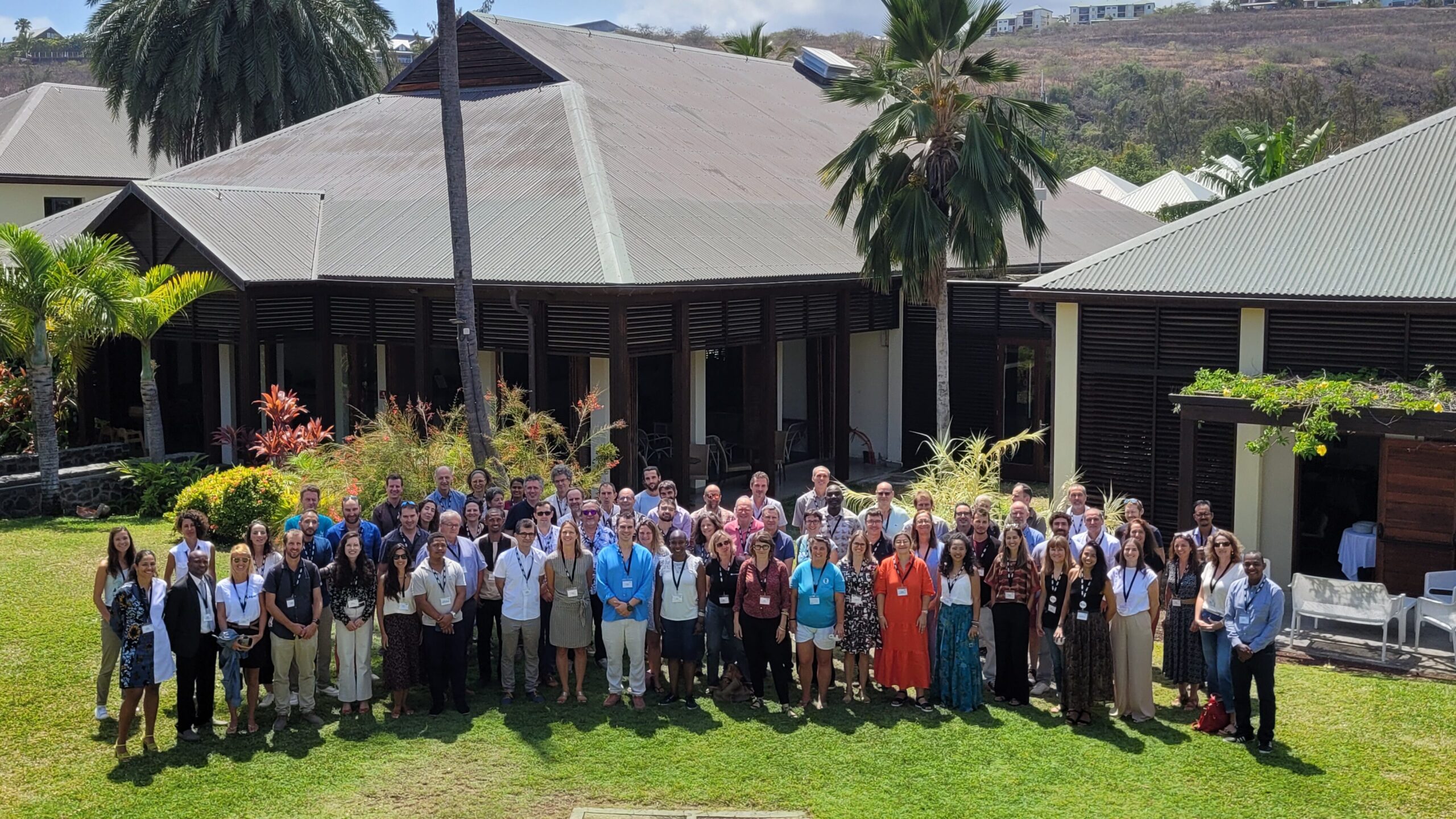
BRIDGES Interviews #1 – Karine Pothin
Strengthening regional cooperation to better protect marine areas in the Indian Ocean
BRIDGES launches a series of interviews with key scientific figures. In these videos, they discuss key topics for the Program and outline the actions that need to be taken to achieve the shared ocean we desire.
Interview with Karine Pothin, Head of Reunion Island’s Regional
Biodiversity Agency and former President of the Western Indian Ocean Marine Protected Areas Professional Network
In this interview, Karine Pothin discusses the challenges and opportunities associated with managing marine protected areas in the southwestern Indian Ocean region. She emphasizes the importance of regional cooperation within the WIOMPAN (Western Indian Ocean Marine Protected Areas Professional Network), where each country has national representatives responsible for reporting the needs and difficulties of teams in the field. This feedback is then discussed collectively at regional meetings, enabling common responses to shared challenges to be developed.
Sustainable fisheries management is one of the top priorities. Karine Pothin highlights the example of LMMAs (locally managed marine areas) in Madagascar, which have successfully implemented autonomous resource management systems. These experiences demonstrate the wealth of good practices that can be promoted at the regional level.
Another key lever is the link between scientific research and management: the collection of data on fishery resources and fishing practices is essential for guiding decisions. Without this knowledge base, management becomes risky and ineffective.
Karine Pothin also emphasizes the role of young people in preserving marine ecosystems. She calls for the development of accessible higher education programs in the region, beyond the bachelor’s degree level, so that young people can fully engage in environment-related professions without having to leave their territory.
Finally, she advocates for open and accessible science, based on the empirical knowledge of those working in the field and understandable to the general public. For her, popularizing scientific results is essential to raising awareness and mobilizing local communities around the preservation of marine heritage.
WIOMPAN
WIOMPAN (Western Indian Ocean Marine Protected Areas Professional Network) is a network bringing together marine protected area (MPA) stakeholders from ten countries in the western Indian Ocean: Comoros, Kenya, Madagascar,Mauritius, Mozambique, France (Réunion, Mayotte, TAAF), Seychelles, Somalia, South Africa, and Tanzania.
Created to address the common challenges faced by managers, guards, community members, and other MPA stakeholders, who are often isolated in their daily work, WIOMPAN facilitates the exchange of knowledge, experiences, and concrete solutions through peer support:
- Targeted training (adaptive management, effectiveness assessment, etc.)
- Mentoring, professional exchanges, and skills certification through the WIO-COMPAS program
- Collaborative workshops and access to scientific resources through WIOMSA to strengthen expertise.
Its theory of change is based on the idea that well-trained, connected, and motivated professionals enable more effective MPA management.
WIOMPAN is structured around an executive committee (chair, coordination, WIOMSA secretariat) and country chapters who meet annually to strengthen local dynamics, including those of locally managed marine areas (LMMAs).

LMMAs in the western Indian Ocean
Locally Managed Marine Areas (LMMAs) are coastal areas managed primarily at the local level by coastal communities, landowner groups, NGO partners, or local government representatives. Unlike marine protected areas (MPAs), which aim to conserve biodiversity, LMMA focus primarily on the sustainable use of resources through a variety of measures, such as temporary or permanent closures, or restrictions on gear or species. A combination of measures may exist within a single LMMA.
In the Western Indian Ocean (WIO), LMMAs cover 3.6% of the regional continental shelf (i.e., 11,329 km²). They are particularly important in Madagascar and mainland Tanzania, where they cover 2.6 and 3.5 times more area than MPAs, respectively.
The example of Velondriake, in southwestern Madagascar, illustrates the potential of these mechanisms. Created in 2006, this LMMA brings together 25 Vezo villages around the co-management of nearly 1,000 km² of reefs, lagoons, mangroves, and seagrass beds. It is based on a dina (traditional community code) recognized by Malagasy law, which makes it possible to ban certain destructive fishing practices, manage closed areas, and enforce rules locally. Today, Velondriake is legally recognized as a Category V protected area (IUCN) and has inspired the creation of numerous LMMAs along the Malagasy coast.
There are currently more than 200 LMMAs in Madagascar, most of which are part of the MIHARI network.
Neither the MIHARI network nor the LMMA concept are currently subject to specific legal definitions in Madagascar. In order to obtain legal recognition, an LMMA uses one of three existing legal frameworks for marine management:
- MPA-type LMMA: the community association co-manages the area with an MPA management agency.
- Management transfer or TGRN-type LMMA: the community directly manages the area, using a transfer contract.
- Local agreement or Dina-type LMMA: the community uses a local agreement to manage the area and has no other legal tools at its disposal. (UNEP-Nairobi Convention and WIOMSA. 2021)

Figure : Madagascar Locally Managed Marine Areas (UNEP-Nairobi Convention and WIOMSA. 2021)
More news News


